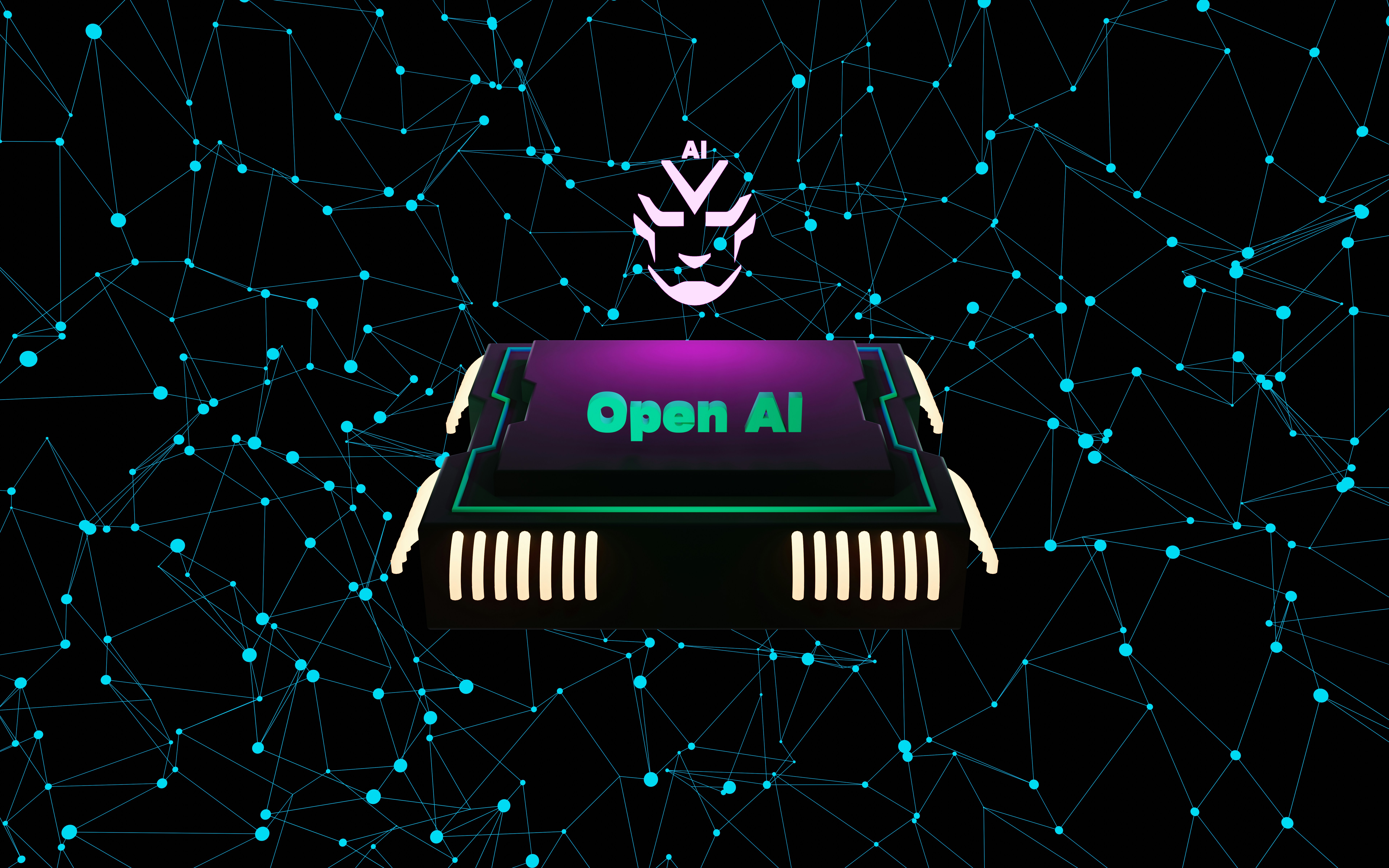
1. The Evolution of Generative AI: A Brief History
The foundations of generative AI date back to the mid-20th century, when early AI researchers began experimenting with algorithms capable of imitating human creativity. However, major breakthroughs came much later.
Early Progress (1950s–1990s)
Initial AI concepts focused on simple learning algorithms.
Limited computing power restricted real innovation.
Rise of Neural Networks (1990s–2000s)
A major leap occurred with the introduction of neural networks, enabling machines to learn from large datasets. This marked the beginning of modern generative models.
Deep Learning Revolution (2000s Onwards)
Deep learning allowed AI systems to analyze massive amounts of data, paving the way for realistic text, images, and audio generation.
The GAN Breakthrough (2014)
Ian Goodfellow introduced Generative Adversarial Networks (GANs), where two neural networks compete to generate highly realistic outputs. This was a turning point in generative AI research.
The Era of Transformative NLP Models (2018–Present)
Models like OpenAI’s GPT series took generative AI to new heights—crafting narratives, answering questions, and generating content indistinguishable from humans.
2. Impact of Generative AI on Various Industries
Generative AI is influencing almost every major sector. Here’s how:
a. Healthcare: Faster Drug Discovery & Personalized Medicine
AI analyzes millions of molecular structures.
Helps researchers discover new drugs faster and at lower cost.
Supports personalized treatment plans based on patient data.
SEO keyword focus: Generative AI in healthcare, AI drug discovery, AI in personalized medicine
b. Finance: Smarter Predictions & Automated Reporting
AI simulates market scenarios for efficient risk management.
Automates report creation, saving time and reducing errors.
Enhances fraud detection using predictive analytics.
SEO keyword focus: AI in finance, AI risk management, generative AI in banking
c. Entertainment: Content Creation & Creative Automation
AI generates music, films, scripts, and video game graphics.
Helps creators design characters, scenes, and storylines based on audience data.
Improves game realism through AI-generated visuals and textures.
SEO keyword focus: AI in entertainment, AI content creation, generative AI in gaming
d. Manufacturing: Product Design & Optimization
AI simulates product designs to reduce material waste.
Optimizes manufacturing workflows, reducing costs and errors.
Enables rapid prototyping with AI-generated models.
SEO keyword focus: AI in manufacturing, generative design AI, automated product design
3. Challenges & Ethical Considerations of Generative AI
While generative AI offers enormous value, it also introduces several challenges:
a. Data Bias & Unfair Outputs
AI models learn from historical data, which may include biases. As a result:
Outputs may be discriminatory.
Certain groups may face unfair treatment.
b. Accountability & Misinformation
Generative AI can produce highly realistic:
Fake images
Deepfake videos
Misinformation
This raises questions:
Who is responsible — the user, the developer, or the AI itself?
c. Job Displacement Concerns
As AI automates tasks like writing, design, and analysis:
Some roles may get replaced.
Workforce reskilling becomes essential.
d. Need for Ethical Regulations
Governments and institutions must create:
Standards for AI accountability
Guidelines for safe data usage
Policies for AI transparency
SEO keyword focus: AI ethics, AI challenges, generative AI risks
4. The Future of Generative AI: Predictions for 2026
By 2026, generative AI will evolve even further, becoming a foundation for global industries.
a. Smarter & More Human-Like AI Models
AI will understand:
Emotions
Context
Intent
Complex patterns
This will make content generation even more realistic.
b. Industry-Wide AI Integration
By 2026:
Healthcare will use AI for real-time treatments.
Finance will depend on AI for investment decisions.
Entertainment will shift to AI-driven content production.
Education will personalize learning using generative models.
c. Human–AI Collaboration Becomes the Norm
Workplaces will have hybrid teams:
Humans for creativity
AI for speed, analysis, and automation
Companies that train employees in AI tools will grow faster.
d. Generative AI as a Competitive Advantage
Firms that adopt AI early will enjoy:
Higher productivity
Reduced costs
Better customer experiences
Faster innovation cycles
SEO keyword focus: future of AI 2026, AI predictions, generative AI future trends
Conclusion
The evolution of generative AI—from simple algorithms to advanced deep learning models—has revolutionized industries worldwide. As we approach 2026, generative AI will continue to advance, offering smarter solutions and reshaping business operations. While challenges such as bias, accountability, and job disruption persist, proper regulations and ethical practices can ensure that generative AI becomes a powerful tool for global progress.
If you want, I can also create this in:
✅ Blog format
✅ Website landing page format
✅ Short SEO article (600–800 words)
✅ Meta title + meta description + keywords

